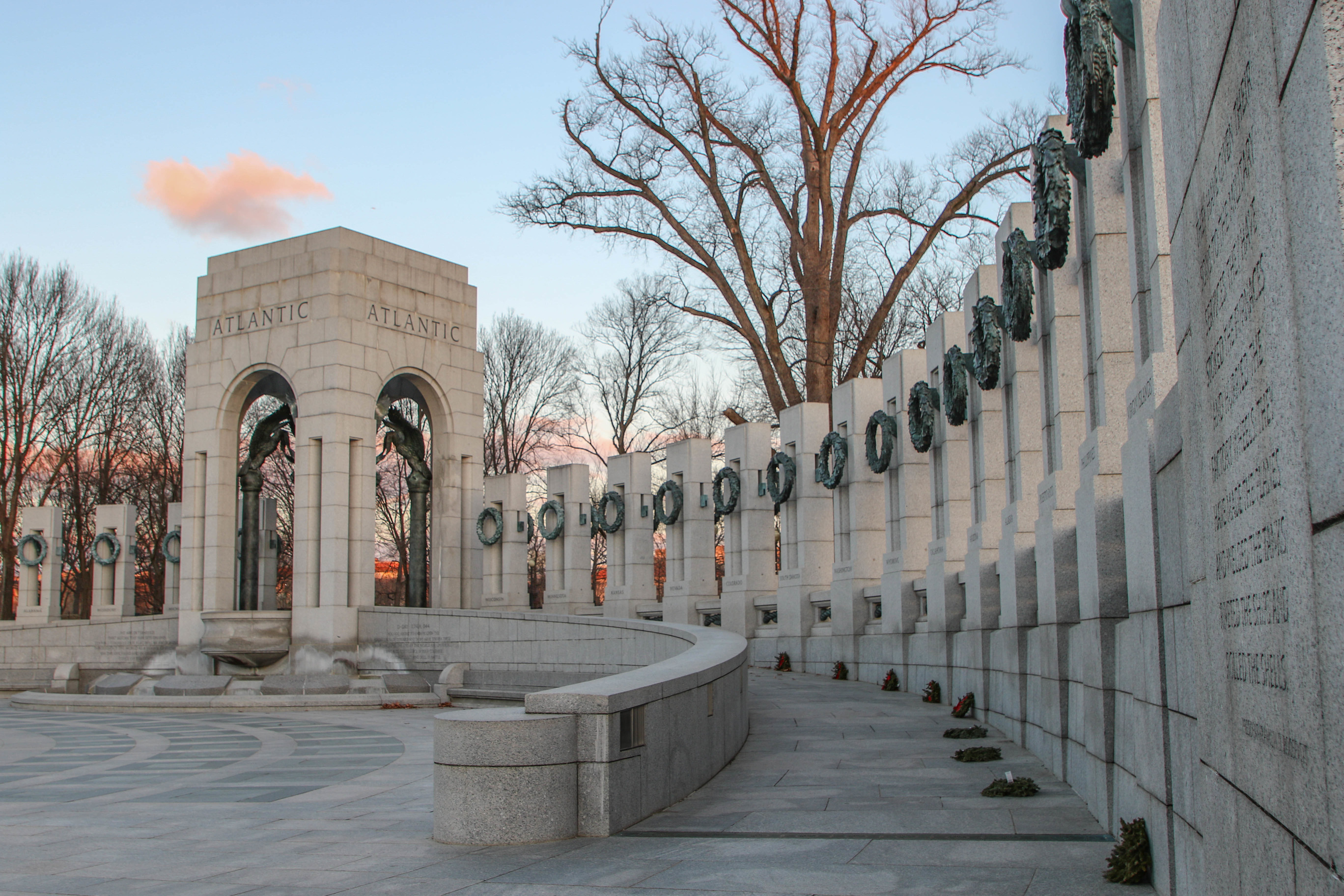World War II Honoree
Killed in World War II

Raymond Thomas Voss
Hometown
Born in Racine, WI, grew up in Hillsborough Co, FL, Florida
Honored By
Wartime Heritage Association
Relationship
Researched his story in 2023 & had him commemorated by the CWGC in 2025

Raymond enrolled in the Civilian Technical Corps in Jan. 1942. The Civilian Technical Corps was an American quasi-military uniformed organization raised in 1941 in the US, to directly assist with the war effort within the United Kingdom. The Corps was manned by volunteer civilians. They wore a uniform identical to the wartime Royal Air Force, but with unusual wreath-and-bars non-commissioned rank badges instead of chevrons, of the same design as those issued to members of the Royal Observer Corps, another semi-military air force corps within the UK during the same era. Their uniforms included a ‘USA’ shoulder patch and black buttons instead of the RAF brass buttons. Raymond was posted to HMS Dinosaur at Troon on May 20, 1942, HMS Quebec at Inveraray on January 26, 1943, and then to HMS Rosneath (or Roseneath), in the historic county of Dunbartonshire (now known as Argyll and Bute), Scotland, on February 10, 1943. On June 2, 1943, a welder was needed to work underneath the ramp of a landing craft in order to complete tasks considered extremely urgent due to the fact that the landing craft had to be ready in time for the convoy sailing from the Clyde to take part in the invasion of Sicily on July 10, 1943. Owing to a mechanical failure, the cause of which was never established, the ramp was suddenly released and struck Mr. Voss, killing him instantly. Raymond Thomas Voss was awarded a posthumous commendation for gallantry by Sir Archibald Sinclair, the Secretary of State for Air in Winston Churchill’s coalition government’s war cabinet. He's remembered on a marker at the Myrtle Hill Memorial Park, Tampa, Hillsborough County, Florida, where he grew up with his parents. Raymond Voss is interred at the Troon Cemetery in Scotland, in an unmarked grave until 2025. He was not previously commemorated by the Commonwealth War Graves Commission (CWGC) until 2025 when the Wartime Heritage Association reported his non-commemoration. He now is commemorated online with the CWGC, and a headstone will be installed in the near future.